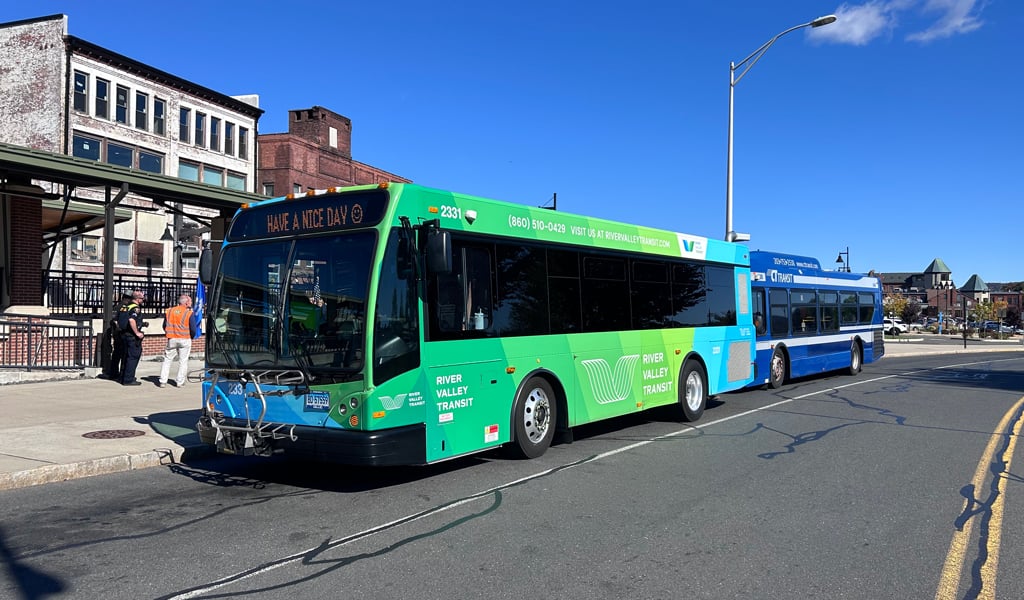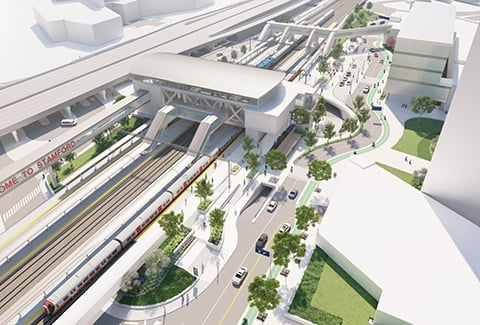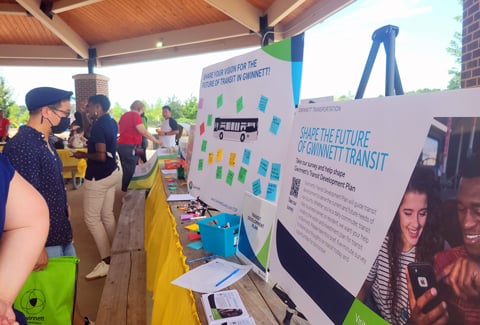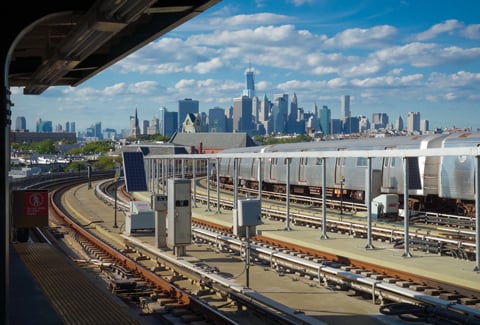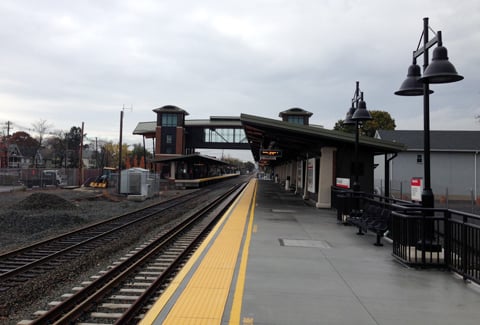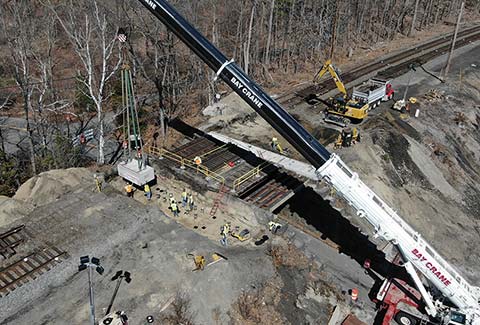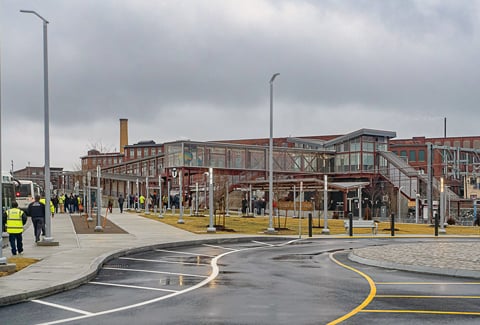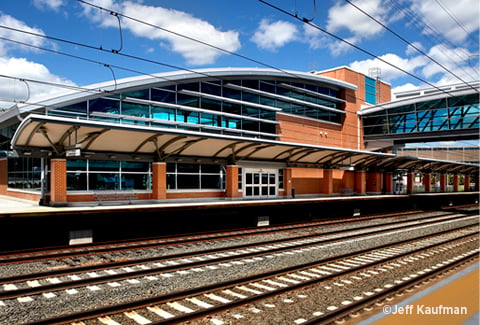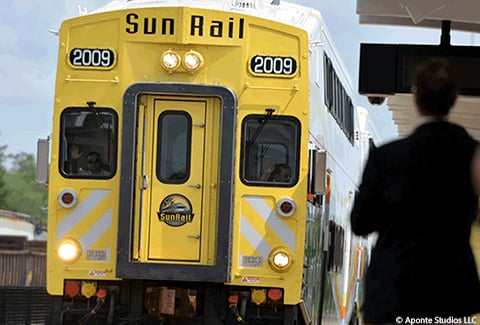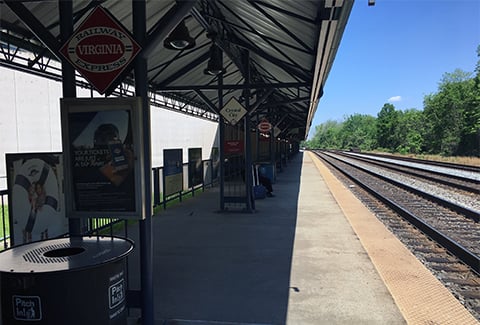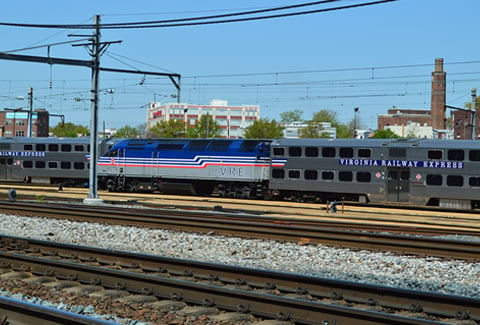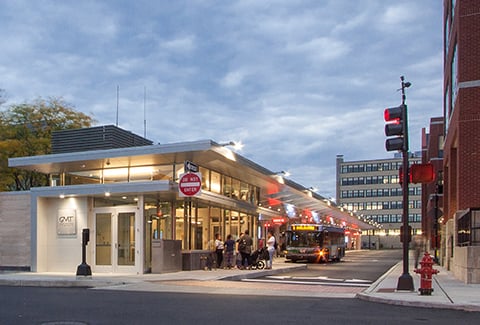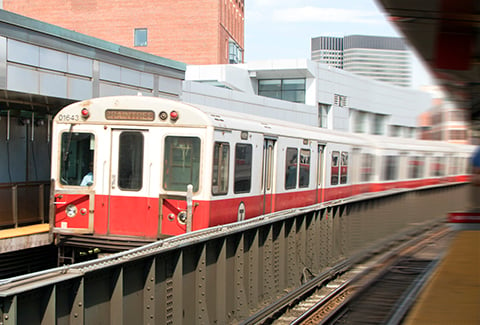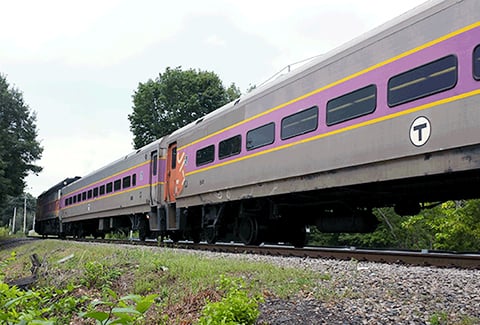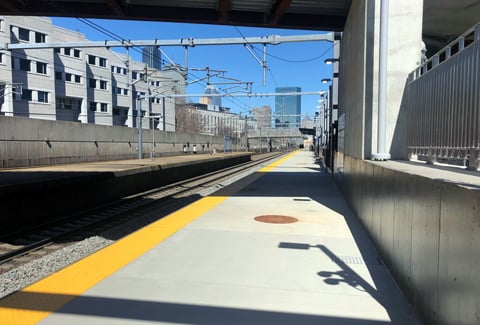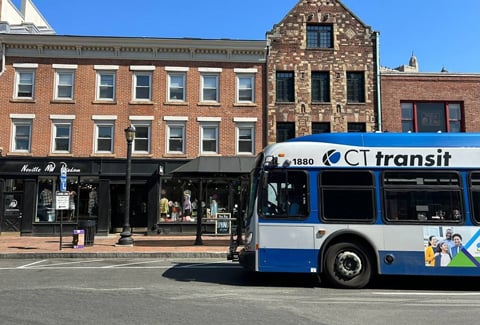VHB and the Connecticut Department of Transportation (CTDOT) partnered to develop the Connecticut Integrated Transit Mobility Program (CT-ITMP), a future-focused initiative to create a seamless, multimodal statewide public transit system. Through a pilot project with River Valley Transit and the CTtransit Meriden division, customers will be able to use contactless bank credit and debit cards, reloadable debit cards, or mobile payment-enabled devices to pay fares. The project will establish a roadmap for statewide implementation of contactless fare payments and a Unified Mobility Application (UMA). Supported by a grant from the United States Department of Transportation (USDOT) Strengthening Mobility and Revolutionizing Transportation (SMART) program, the project aims to integrate Connecticut’s entire transportation network, enhancing the customer experience and promoting equitable access.
Social—The CT-ITMP strives to create an inclusive and accessible public transit system for all public transit customers in Connecticut. By enabling contactless payment options and consolidating transit information into a single, user-friendly app, the project aims to make transportation more accessible and convenient. It will particularly benefit unbanked and underbanked riders by offering more opportunities for integration into the financial ecosystem through education and digital payment options, as well as fare capping. The system will simplify fare payments and maintain that customers are being charged the lowest and most efficient fares for their trips on public transit in Connecticut.
Environmental—The CT-ITMP supports sustainable transportation by integrating multimodal public transit and simplifying fare payment, encouraging public transportation use over private vehicles. This shift can reduce traffic congestion and lower greenhouse gas emissions, aligning with Connecticut’s environmental goals and improving air quality. Additionally, a streamlined boarding process and better on-time performance will contribute to a more efficient transit system making public transit more attractive for riders instead of using personal vehicles.
Economic—By increasing efficiency and ease of use, the CT-ITMP is expected to attract more riders and boost fare revenues for the state. The introduction of centralized payment systems and information access can reduce operational costs and improve resource allocation. Additionally, fare capping policies will make travel more affordable, particularly for frequent transit users.

